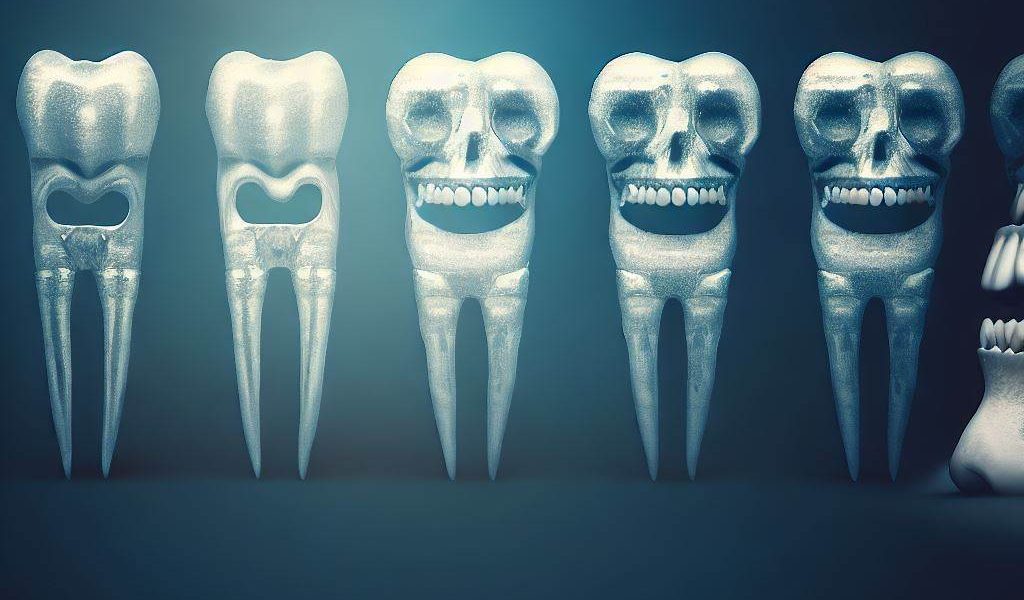Throughout the annals of human civilization, the significance of possessing a complete set of teeth, both for functional and aesthetic reasons, has been deeply valued. This drove individuals across different time periods and cultures to seek ways to replace missing teeth, eventually leading to the groundbreaking invention and application of dental implants.
Ancient Origins As far back as 2000 BC, ancient China was already experimenting with early versions of dental implants. They used carved bamboo pegs as a means of replacing missing teeth during that time.
An intriguing historical record reveals the existence of a metal replacement tooth in the body of an Egyptian king from around 1000 BC. A copper peg had been hammered into his upper jawbone, though it remains uncertain whether it was affixed during his lifetime as a tooth replacement or posthumously.
Further excavations in France unveiled a Celtic grave with an iron false tooth dating back to approximately 300 BC. Scholars believe this may have been inserted post mortem for aesthetic purposes, as the agony of such a procedure during life would have been unbearable.
In ancient history, missing teeth were often substituted with teeth from animals or other individuals. Nowadays, an implant sourced from another human would be classified as a homoplastic implant, while one from an animal would be termed a heteroplastic implant. However, the risk of infection and implant rejection is higher for dental implants derived from other humans or animals.
Archaeologists have also discovered various other materials in the jaws of ancient skulls, ranging from rare gems like jade to more commonplace substances like sea shells.
Significant Advancements in Dental Implant Techniques In the eighteenth century, researchers started experimenting with gold and alloys for dental implants, but the results were far from successful.
It was not until 1886 that a doctor attempted to mount a porcelain crown on a platinum disc, but even this approach failed to yield satisfactory long-term results.
The main challenge that plagued early dental implant pioneers was the rejection of the foreign body by the recipient. For the implant to be successful, the replacement tooth and the bone needed to fuse together in a process known as osseointegration.
A breakthrough occurred in 1952 when an orthopedic surgeon stumbled upon the critical properties necessary for successful fusion. During a study on bone healing and regeneration, the surgeon observed a titanium cylinder fusing with the femur bone of a rabbit. He hypothesized that this fusion could be adapted for dental implants. In 1965, the first titanium dental implant was successfully placed in a human volunteer by an orthopedic surgeon named Branemark.
The success of the initial titanium dental implant rapidly led to significant improvements in tooth replacement techniques. This evolved into the use of a titanium alloy screw, typically with a rough surface to enhance the process of osseointegration. The screw is affixed to the jaw where the missing tooth once stood, and after a healing period that allows the screw to fuse with the jawbone, a crown can be inserted over it.
The Present and Future In the contemporary era, dental implants are considered the most advanced solution for missing teeth, boasting a long-term success rate of up to 97% in some dental practices.
They are currently the sole reliable solution available, capable of supporting the surrounding teeth and stimulating natural bone formation. In doing so, they play a pivotal role in restoring an individual’s smile and overall confidence.



